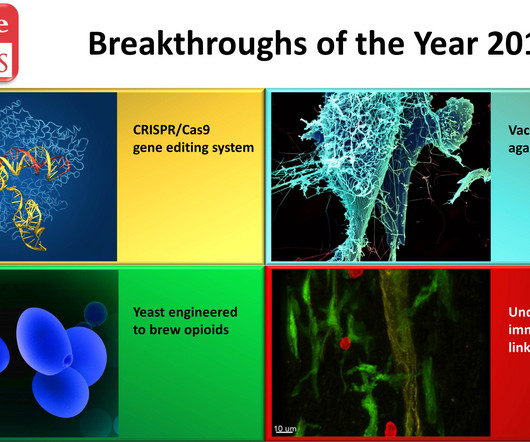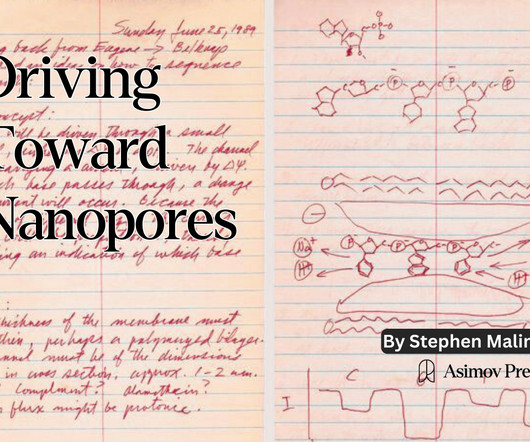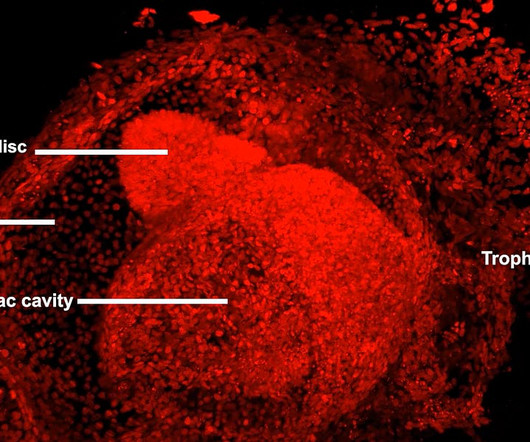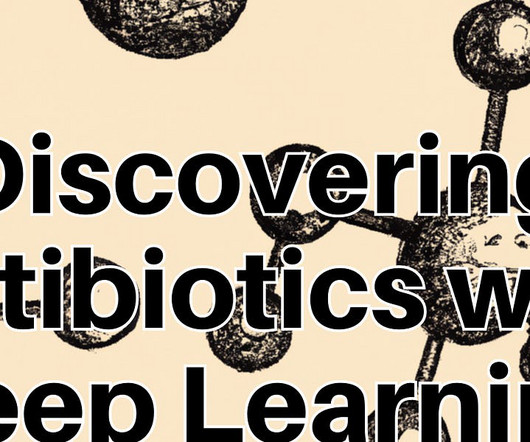Happy New Year … and a Look Back at a Memorable 2015
NIH Director's Blog: Drug Development
JANUARY 5, 2016
But before diving into our first “new science” post of 2016, let’s take a quick look back at 2015 and some of its remarkable accomplishments. Four of 2015’s Top 10 featured developments directly benefited from NIH support—including Science’s “Breakthrough of the Year,” the CRISPR/Cas9 gene-editing technique.


















Let's personalize your content